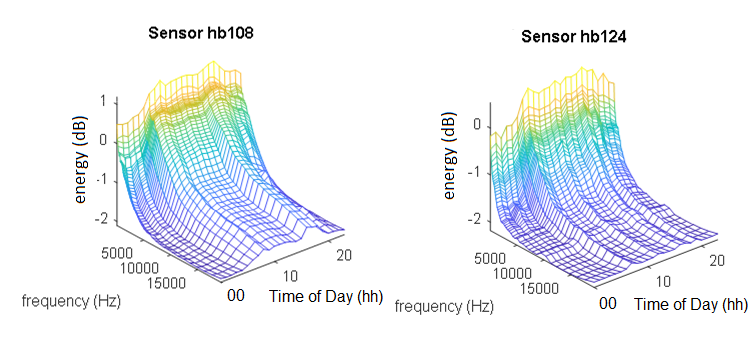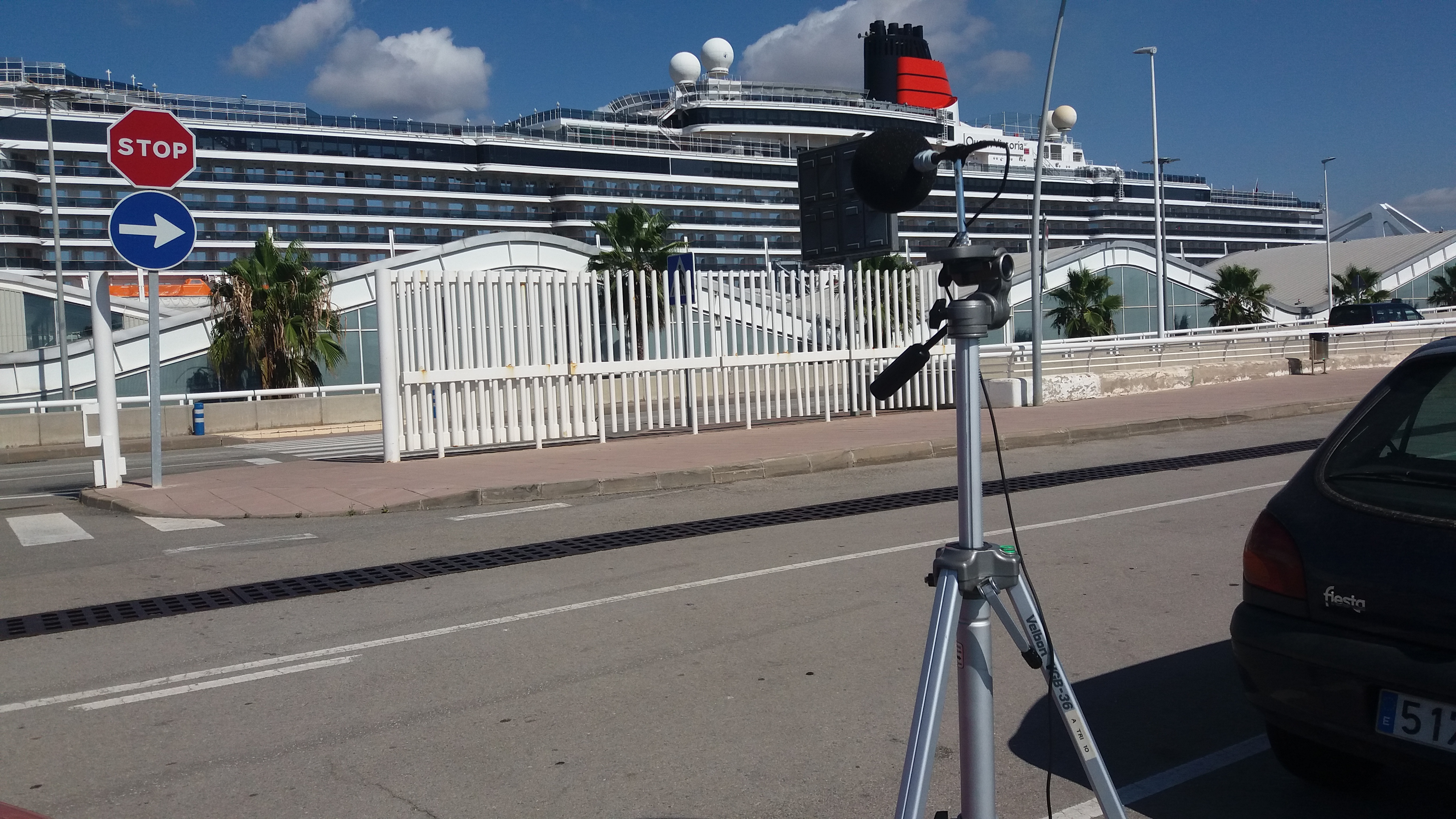GTM papers on acoustic event detection in noise monitoring in the international congress InterNoise 2019.

The member of the GTM Prof. Rosa M. Alsina-Pagès presented two works made in collaboration with Prof. Francesc Alías, Prof. Joan Claudi Socoró and Mr. Ferran Orga at InterNoise 2019, which was held in Madrid (Spain) from 16-19 June.
Those works address different aspects of the dataset study to implement an acoustic event detector algorithm in the framework of the DYNAMAP project on the first paper, and in the noise recordings in Port de Barcelona on the second paper.
The oral presentation of the two papers was done by Prof. Rosa Ma Alsina-Pagès.
The reference of the first paper is:
Joan Claudi Socoró, Rosa M. Alsina-Pagès, Francesc Alías, Ferran Orga; "Acoustic Categorization of the urban Multi-Sensor Network of the DYNAMAP LIFE project developed for Road Traffic Noise Mapping", 48th International Congress and Exposition on Noise Control Engineering (Inter-Noise 2019), 16-19 June 2019, Madrid (Spain)
And its abstract is:
The DYNAMAP LIFE project proposes the implementation of a dynamic noise mapping system able to determine the acoustic impact of road infrastructures in real-time, following the European Noise Directive 2002/49/EC. A Multi-Sensor Network collects the noise level measurements in two pilot areas: in the city of Milan and in the A90 motorway around Rome. For a proper evaluation of the equivalent noise level of road infrastructures, the anomalous noise events (ANE) unrelated to traffic noise (e.g. sirens, horns, speech, doors…) should be removed automatically. For this purpose, an anomalous noise events detector (ANED) has been designed using Mel-Frequency Cepstral Coefficients (MFCC) and Gaussian Mixture Models (GMM). This work focuses on the analysis of the spectral characteristics of the acoustic data from the 24-nodes of the Milan urban area network in order to determine whether a single adjustment of the ANED can cope with the particularities of each sensor location. To that effect, representative acoustic data has been collected through the Multi-Sensor network in real-operation conditions. These data have been subsequently analyzed in terms of their spectro-temporal distribution as a first step of the generalization of the ANED algorithm for all the nodes in the WASN.

Figure 1: Comparison of dissimilar sensors spectral energy distribution
The reference of the second paper is:
Rosa M. Alsina-Pagès, Joan Claudi Socoró, Pau Bergadà, “The impact of man-made noise on the passenger transport stations of Port of Barcelona” 48th International Congress and Exposition on Noise Control Engineering (Inter-Noise 2019), 16-19 June 2019, Madrid (Spain).
And its abstract is:
Ports and harbours are logistic nodes characterized by several types of noise, which can usually occur in a concurrent manner in the same harbour premises: ferries, cruises, fishing and trade ships coexist with other industrial and auxiliary services. Noise pollution can have negative effects on the urban population inhabiting the port vicinity. The Port of Barcelona is an infrastructure that serves trade, passengers and fishing. The purpose of this work is to describe the impact of certain acoustic events recorded in the maritime stations of Port of Barcelona dedicated exclusively to passengers and vehicle transport. The traffic of arrivals and departures of cruises with passengers is intense in these maritime stations; the characterization of the acoustic events caused by this traffic, as well as the acoustic events collected by means of a short but complete recording campaign in Port of Barcelona. This work presents a proposal of categorization of the noise sources in order to generate an algorithm to classify automatically several types of activity.

Figure 2: Recording setup at Adossat Dock Terminal in the Port de Barcelona